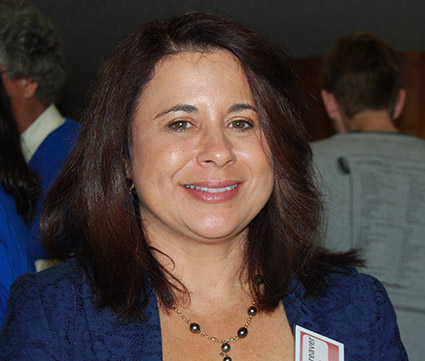
Paul Kendon
AUCKLAND (Pacific Scoop/Pacific Media Watch): Grim reminders of the price many journalists pay for reporting events in countries such as the Philippines, Fiji and Tonga and the consequences of performing a Fourth Estate role in and around the Pacific Region were a feature of the Pacific Journalism Review 20th anniversary conference opening today.
After a traditional mihi whakatau and introductions by Professor David Robie, Pacific Media Centre director, PJR editor and conference convener; and Walter Fraser, AUT University’s Head of Pacific Advancement; a short documentary by Bachelor of Communications graduate Sasya Wreksono was shown.
The film documents the history of the PJR from humble beginnings at the University of Papua New Guinea in 1994 to its current incarnation as a peer-reviewed journal covering media issues and communication in the South Pacific, Asia-Pacific, Australia and New Zealand, published by AUT since 2007.
More than 70 delegates from Australia, the Philippines, Tonga and the wider Pacific enjoyed addresses by frontline reporters working in constricted environments with often openly hostile governments.
Ces Orena-Drilon of the Philippines, an investigative television journalist from ABS-CBN, was scheduled to present a talk on the Maguindanao massacre of 23 November 2009 when 58 civilians, including 32 journalists were gunned down, but had to fly back to the Philippines suddenly due to a family bereavement.
PJR designer and Asia-Pacific Human Rights Coalition advocate Del Abcede spoke on Drilon’s behalf and delivered a disturbing review of the injustices experienced by political reporters in the Philippines.
It has been five-years since the 2009 slaughter and still no one has been held to account as relatives and a nation waits for justice.
‘Teetering on edge’
Television NZ Pacific Correspondent Barbara Dreaver presented an Asia-Pacific overview of media freedom and issues.
She said journalism was teetering on the edge of great change in the Pacific.
Dreaver said never before had the media in the Pacific been so marginalised, with many Pacific nations wanting to follow Fiji’s draconian media style.
“Samoa has recently introduced the Media Council Bill, a huge threat to Samoa’s media,” said Dreaver.
She also said a lack of journalist resources and training were major issues facing many Pacific nations.
“It is easier to get a story about twerking in the news than child poverty in the Pacific covered,” said Dreaver.
Pure information was no longer enough.
“News needs fireworks, multi-media as well as images. The biggest threat media faces in the Pacific is themselves because of culture and family ties. Fear of what could happen and shame on family is usually enough to stop a journalist from covering a story.”
Ricardo Morris, editor of Fiji’s Republika magazine and president of the recently established Fijian Media Association echoed statements made by Dreaver. He described the working conditions for journalists in a post-elections Fiji as fraught with pitfalls and potential harassment, intimidation and incarceration.
The establishment of the state-run Fijian Media Development Authority (MIDA) had caused numerous issues, according to Morris.
“Many reporters are afraid to write critical assessments of the government’s actions as the MIDA can fine journalists up to $10,000 and incarcerate them for up to two-years, while a publisher might face even sterner penalties for publishing unfavourable government articles.”
Morris described this year as a challenging one, but also exciting as he had managed to register an industrial organisation.
This work is licensed under a Creative Commons Attribution-NonCommercial 3.0 New Zealand Licence.




